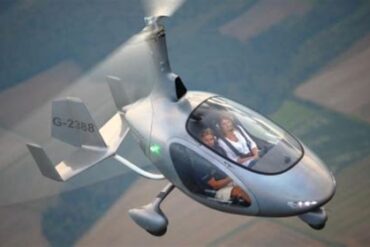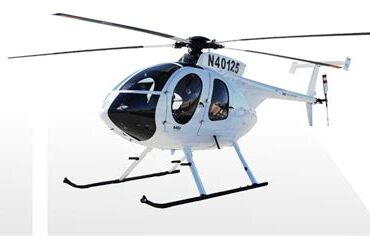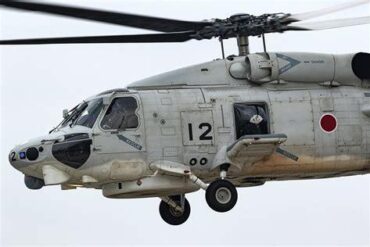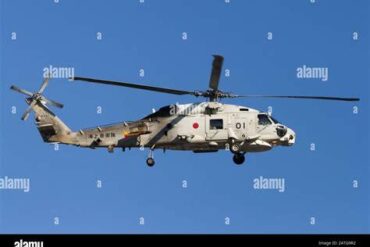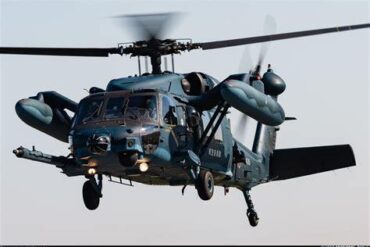When it comes to hauling huge loads, helicopters are indispensable! Especially for construction projects. But how much can a helicopter actually lift? Well, it depends on the specific helicopter model and design. In this article, we’ll check out the lifting power of different helicopters, from the mighty Sikorsky S-64 Skycrane to the versatile Airbus H225 Super Puma. We’ll see how these amazing machines have transformed construction through their incredible lifting abilities, precision, and agility.
Sikorsky S-64 Skycrane

The Sikorsky S-64 Skycrane is specialized for tricky operations. It’s a true heavyweight in lifting! With its unique center payload setup, the S-64 can lift about 20,000 pounds. That’s over 9000 kilograms! This helicopter’s flexibility makes it perfect for complex jobs like moving heavy machinery, placing HVAC units, and helping fight fires.
Boeing CH-47 Chinook
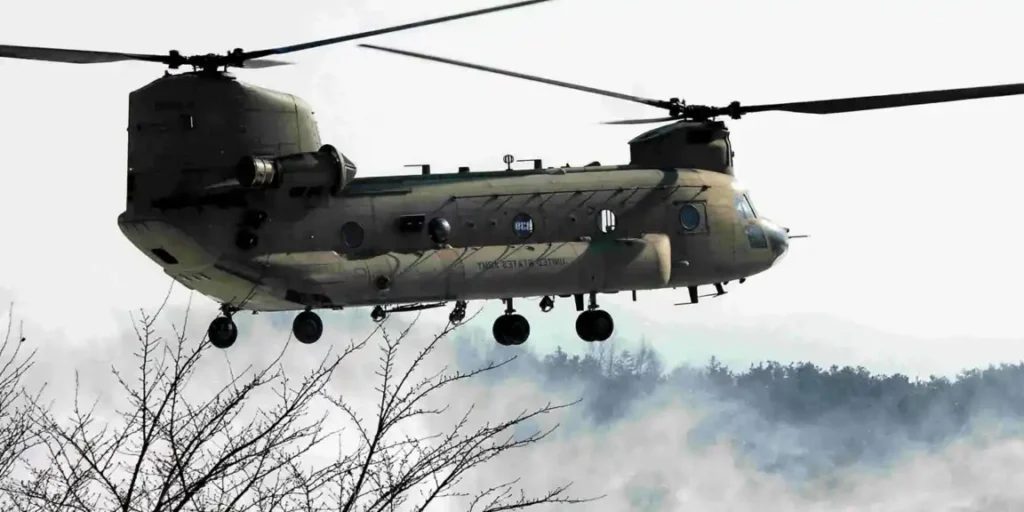
The Boeing CH-47 Chinook is a tandem-rotor heavy lift helicopter used by militaries and companies worldwide. With a maximum external payload of about 28,000 pounds (over 12,000 kg) and internal payload of 24,000 pounds (nearly 11,000 kg), the Chinook has the power to transport oversized cargo and gear. It’s frequently used for disaster relief, military supply transport, and big construction projects.
Airbus H225 Super Puma
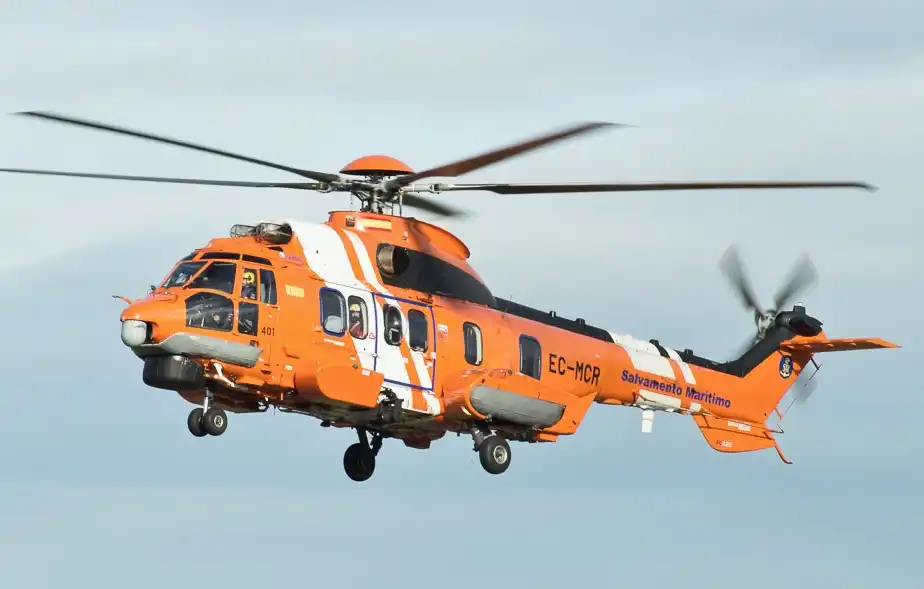
Known for its extensive range and strong lifting abilities, the Airbus H225 Super Puma can carry up to 11,000 pounds (nearly 5000 kg) externally. This twin-engine aircraft is super versatile, suitable for missions like search and rescue, passenger transport, and offshore work. Its powerful engines and spacious cargo area make the Super Puma a great choice for moving heavy construction materials.
Bell 412

The Bell 412 is a twin-engine medium-lift helicopter acclaimed for reliability and performance. With a maximum external load capacity of 4,500 pounds (over 2000 kg), the Bell 412 works well for various construction activities like hauling building supplies, erecting towers, and stringing power lines. Its roomy cabin fits up to 14 passengers, perfect for transporting crews.
Kaman K-MAX
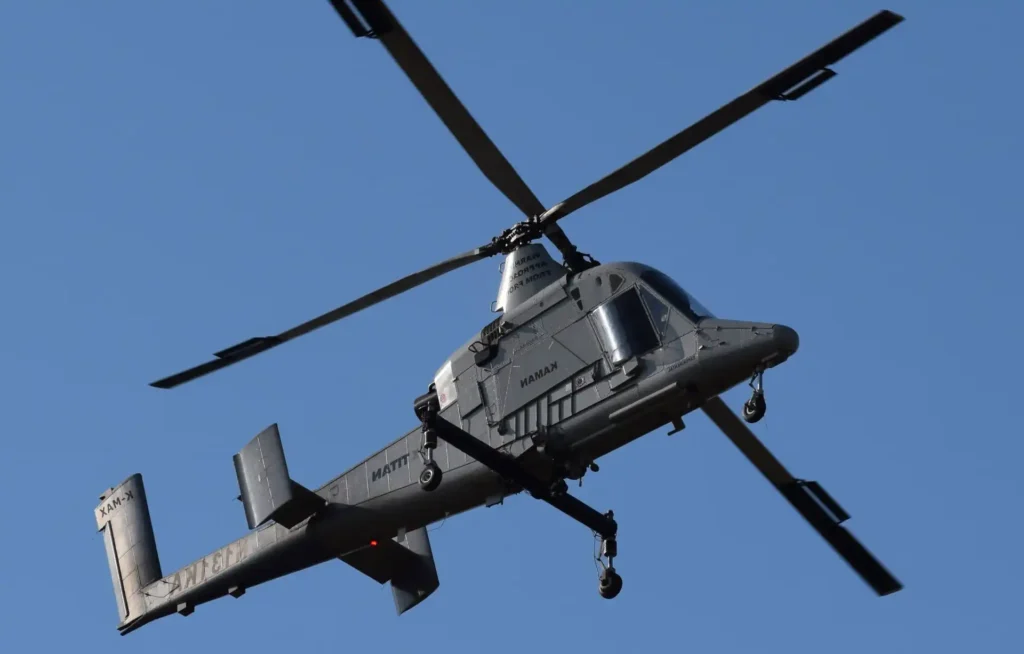
The Kaman K-MAX is a single-engine, single-seat helicopter built specifically for external load operations. With its intermeshing rotor system providing great stability, this helicopter can lift up to 6,000 pounds (about 2700 kg) externally. Renowned for efficiency in repetitive lifting tasks, the K-MAX is ideal for logging, power line construction, and firefighting.
Mil Mi-26

The Mil Mi-26 is a Russian heavy-lift helicopter with impressive payload capacity, up to 44,000 pounds (nearly 20,000 kg)! Its robust engines and huge eight-blade main rotor allow it to lift heavy equipment like cranes and concrete slabs. This makes it a popular choice in challenging areas like the Arctic and mountains.
What Determines a Helicopter’s Lifting Capacity?
A helicopter’s lifting capacity depends on several factors, especially the model, altitude, temperature, and the aircraft’s weight. Each helicopter model has a specific maximum load capacity, based on rotor size, engine power, and structural strength. Generally, larger helicopters with more powerful engines and big rotor systems can lift more, while smaller ones with less power and compact rotors have lower capacity.
Altitude and temperature also play key roles. At higher altitudes, air density goes down, reducing rotor lift efficiency. More effort is needed for the same lift, decreasing overall capacity. In hotter temperatures, air density drops too. Helicopters may have reduced capacity from weaker engine performance and requiring more power to maintain lift.
Additionally, the helicopter’s weight impacts capacity, including fuel, cargo, and passengers. The total gross weight must align with the manufacturer’s maximum to stay safe. External factors like wind can also influence lifting capacity, causing turbulence and unexpected lift changes.
Carefully examining these factors is crucial for safe, efficient helicopter lifting. Consulting experienced professionals is key to fully evaluate conditions and requirements. With informed decisions, operators can optimize lifting capacity while reducing risks.
Conclusion
A helicopter’s lifting ability depends on the model, altitude, temperature, and weight. Models like the CH-47 Chinook and Mil Mi-26 have amazing lifting power, with the Mi-26 capable of hauling 44,000 pounds! But capacity can vary at high altitudes and hot temps. So proper planning for helicopter lifts means carefully thinking through these factors and getting guidance from the experts to ensure safety and efficiency.











